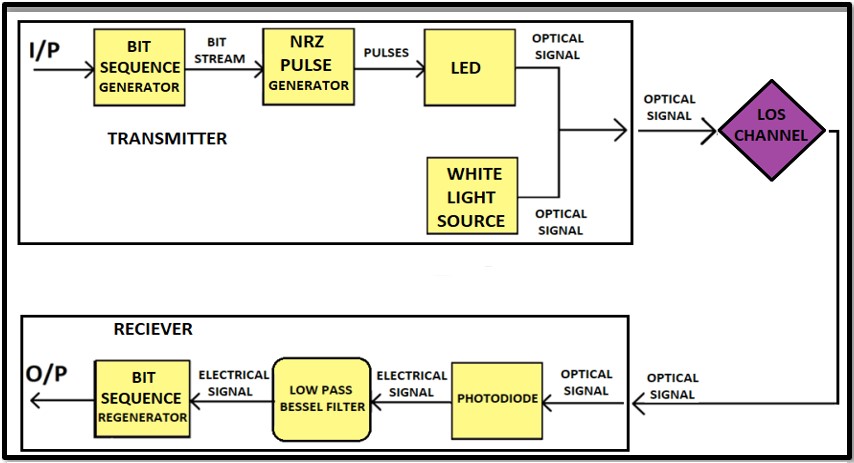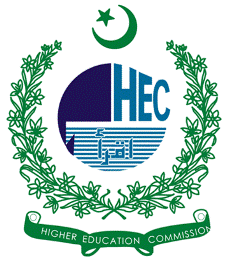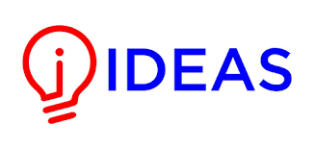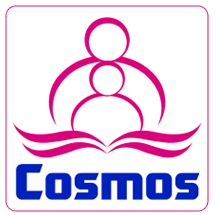Performance Analysis of a Lifi System Based on VLC Over a LOS Channel with and Without Ambient Light Using Opti System
Keywords:
Lifi, Led, Los Channel, Optisystem, Wireless CommunicationAbstract
Li-Fi (Light Fidelity) stands as a state-of-the-art wireless technology that sends data through light-based transmissions. Mobile robots require effective indoor location systems because they operate within hospitals, museums, and airport interiors. Researchers have studied the behavior of the On-Off Keying (OOK) modulation technique used in Li-Fi systems by observing the impact of background interference. Our model determines the performance of a 550 nm wavelength white LED transmitter using Opti System software. Evaluation of the system occurs through examinations under two conditions: when ambient light noise exists and when it does not. The research outcomes demonstrate that Li-Fi technology can deliver dependable high-speed indoor localization services for environments experiencing changes in ambient lighting conditions. Simulation findings indicate a Q factor measurement of 6.47 with noise, while the results show 19.18 when noise is not present. The network supports 10 Gbps data transmission at 2.96e-11 Bit Error Rate with ambient noise and 2.3e-82 Bit Error Rate with ambient noise under a 10-meter connection range.
References
A. Sarkar, Anurag & Agarwal, Shalabh & Nath, “Li-Fi Technology: Data Transmission through Visible Light,” Int. J. Adv. Res. Comput. Sci. Manag., vol. 3, no. 6, pp. 1–10, 2015, [Online]. Available: https://www.researchgate.net/publication/279530585_Li-Fi_Technology_Data_Transmission_through_Visible_Light
S. Nivetha, G. A. Preethi, and C. Chandrasekar, “Performance evaluation of modulation techniques in Li-Fi,” Int. J. Recent Technol. Eng., vol. 8, no. 3, pp. 1509–1518, Sep. 2019, doi: 10.35940/IJRTE.C4203.098319.
Alwin Poulose, “Simulation of an Indoor Visible Light Communication System Using Optisystem,” Signals, vol. 3, no. 4, pp. 765–793, 2022, doi: https://doi.org/10.3390/signals3040046.
J. C. P. Shamsudheen, E. Sureshkumar, “Performance Analysis of Visible Light Communication System for Free Space Optical Communication Link,” Procedia Technol., vol. 24, pp. 827–833, 2016, doi: https://doi.org/10.1016/j.protcy.2016.05.116.
A. Vanderka, L. Hajek, J. Latal, J. Vitasek, and P. Koudelka, “Design, simulation and testing of the OOK NRZ modulation format for free space optic communication in a simulation box,” Adv. Electr. Electron. Eng., vol. 12, no. 6, pp. 604–616, Jan. 2014, doi: 10.15598/AEEE.V12I6.1255.
J. Pradhan, V. K. Kappala, and S. K. Das, “Performance analysis of a li-fi system under ambient light conditions,” 26th Natl. Conf. Commun. NCC 2020, Feb. 2020, doi: 10.1109/NCC48643.2020.9056061.
H. Islim, M. S., & Haas, “Modulation techniques for li-fi,” ZTE Commun., vol. 14, no. 2, pp. 20–40, 2019, [Online]. Available: https://www.researchgate.net/publication/313891612_Modulation_Techniques_for_Li-Fi
M. T. Rahman, M. Bakaul, and R. Parthiban, “Analysis of the effects of multiple reflection paths on high speed VLC system performance,” 2018 28th Int. Telecommun. Networks Appl. Conf. ITNAC 2018, Jul. 2018, doi: 10.1109/ATNAC.2018.8615389.
M. R. Omar Faruq, Kazi Rubaiyat, Nusrat Jahan, Sakib Rokoni, “Li-Fi Technology Based Long Range Free-Space Optics Data Transmit System Evaluation,” EAI Endorsed Trans. Mob. Commun. Appl., vol. 7, no. 4, 2022, doi: https://doi.org/10.4108/eetmca.v7i4.2940.
A. K. A. R. ShabanaParveen M, Siddarthan K, Vignesh T, “Data transmission using Li-Fi technology,” J. Emerg. Technol. Innov. Res., vol. 6, pp. 22–24, 2019.
H. Li, Y., Huang, X., & Huang, “A survey on visible light communication systems,” Tsinghua Sci. Technol., vol. 20, no. 3, pp. 236–247, 2015.
D. Haas, H., & O’Brien, “A new indoor communications concept based on visible light,” IEEE Pers. Commun., vol. 8, no. 2, pp. 40–48, 2003.
D. Tsonev et al., “A 3-Gb/s single-LED OFDM-based wireless VLC link using a gallium nitride μ LED,” IEEE Photonics Technol. Lett., vol. 26, no. 7, pp. 637–640, Apr. 2014, doi: 10.1109/LPT.2013.2297621.
N. Wang, Y., Wang, Y., & Chi, “Visible light communication for indoor positioning,” IEEE Commun. Mag., vol. 56, no. 9, pp. 218–224, 2018.
H. Haas, “Li-Fi: VLC technology to provide wireless connectivity,” Li-Fi Internet, vol. 1, no. 1, pp. 3–19, 2016.
M. Miramirkhani, F., & Kavehrad, “Cognitive radio for Li-Fi: Opportunities and challenges,” IEEE Commun. Mag., vol. 56, no. 4, pp. 144–149, 2018.
G. Khalid, M., & Cossu, “Ambient noise effects on OFDM-based optical wireless communication systems,” IEEE Trans. Wirel. Commun., vol. 15, no. 10, pp. 6604–6617, 2016.
J. Yu, C., & Zhang, “A novel OOK modulation method for visible light communication,” Optik sStuttg)., vol. 184, pp. 300–305, 2019.
A. Dwivedi, A., & Kumar, “Performance analysis of line of sight (LOS) communication in FSO,” Proc. Int. Conf. Innov. Data Commun. Technol. Appl., pp. 1–5, 2020.
L. Yang, X., & Li, “Impact of ambient light noise on free-space optical communication,” IEEE Access, vol. 6, pp. 31851–31858, 2018.
Z. A. Khan et al, “Li-Fi Based Healthcare Monitoring System,” Pakistan J. Eng. Technol., vol. 5, no. 2, pp. 177–182, 2022.
M. R. H. Mondal and R. B. Faruque, “Hybrid diversity combined OFDM for LiFi,” 2nd IEEE Int. Conf. Telecommun. Photonics, ICTP 2017, vol. 2017-December, pp. 132–136, Jul. 2017, doi: 10.1109/ICTP.2017.8285945.
L. W. Y. Z. P. S. M. Saadi, “Visible Light Communication: Opportunities, Challenges and Channel Models,” Int. J. Electron. Informatics, vol. 2, no. 1, 2013.
J. Shi et al, “AI-Enabled Intelligent Visible Light Communications: Challenges, Progress, and Future,” Photonics, vol. 9, no. 8, p. 529, 2022, doi: 10.3390/photonics9080529.
M. B. Muhammad Towfiqur Rahman, Abu Saleh Md Bakibillah, Rajendran Parthiban, “Review of advanced techniques for multi-gigabit visible light communication,” IET Optoelectron., vol. 14, no. 6, p. 12, 2020, doi: https://doi.org/10.1049/iet-opt.2019.0120.
G. S. Christy, G. Sundari, and V. J. K. Kishor Sonti, “A Review on Evolution, Challenges and Scope in Visual Light Communication Systems,” 2022 IEEE 7th Int. Conf. Converg. Technol. I2CT 2022, 2022, doi: 10.1109/I2CT54291.2022.9824695.

Downloads
Published
How to Cite
Issue
Section
License
Copyright (c) 2025 50sea

This work is licensed under a Creative Commons Attribution 4.0 International License.




















